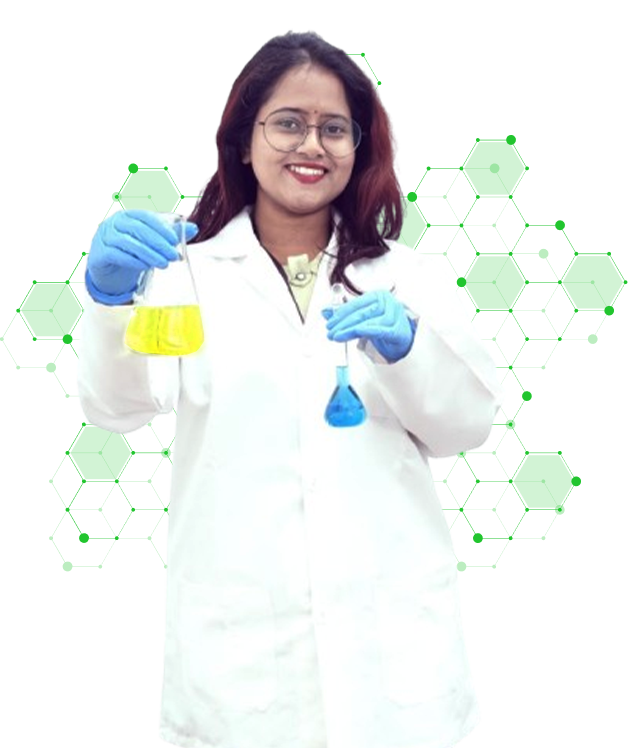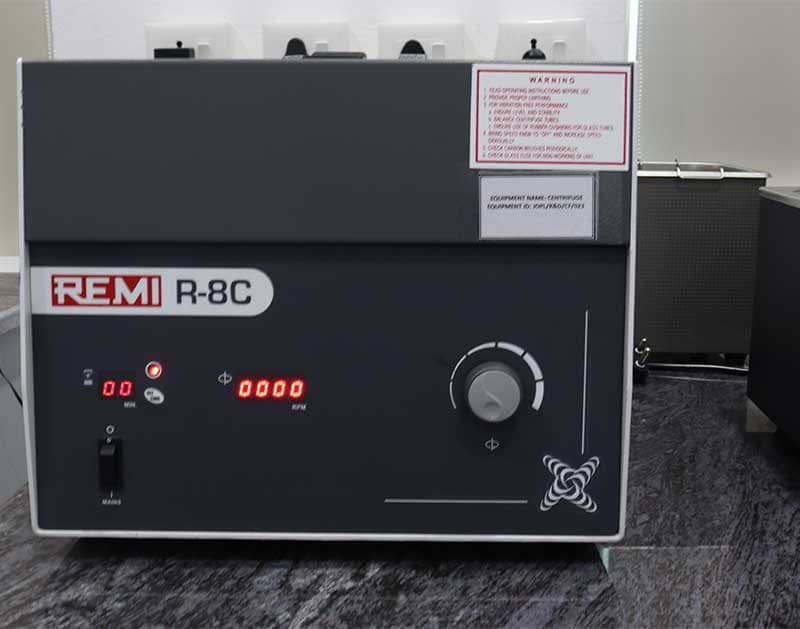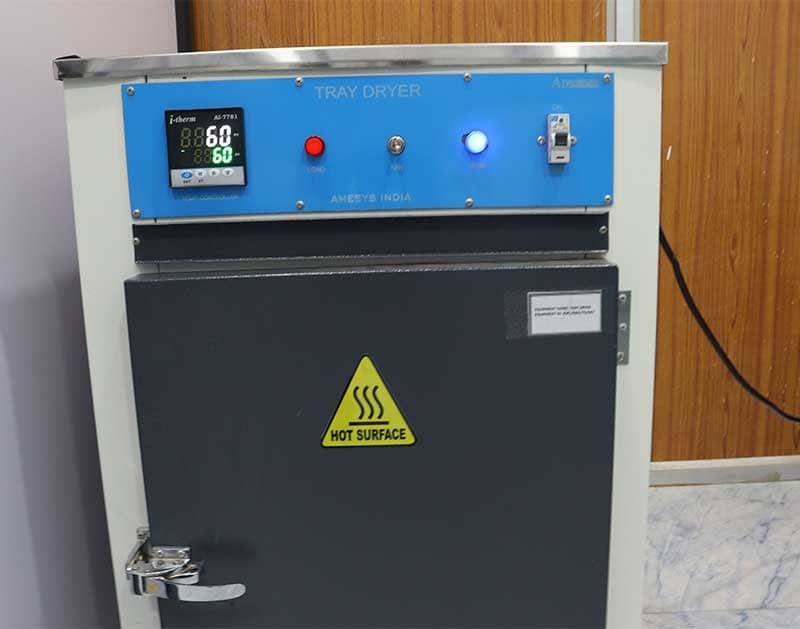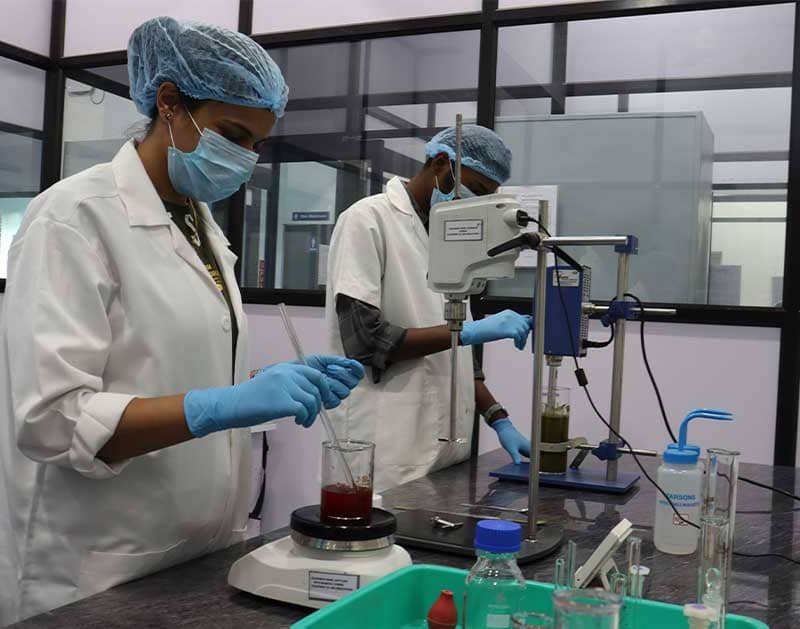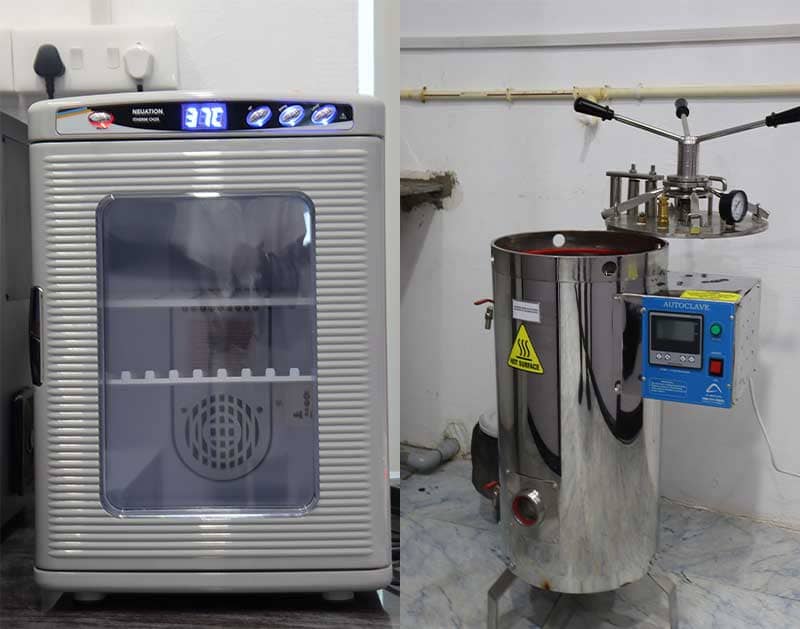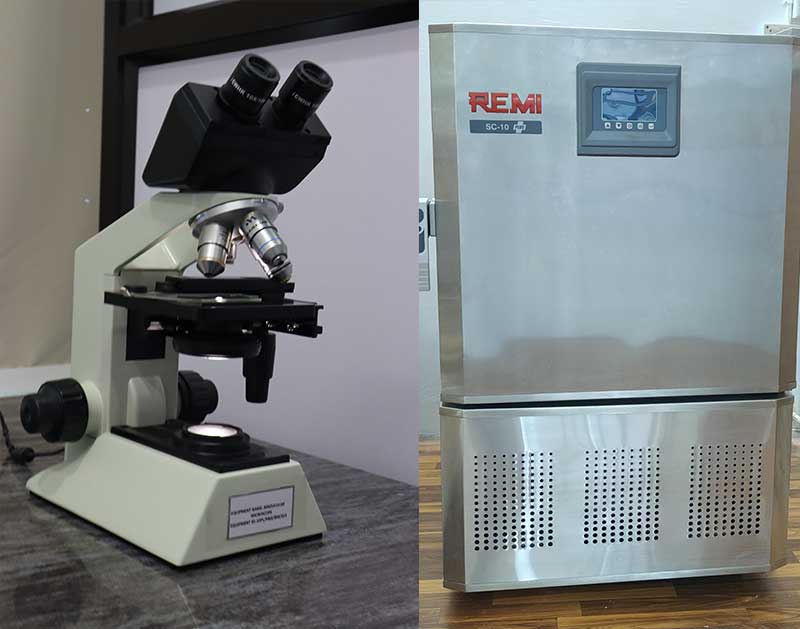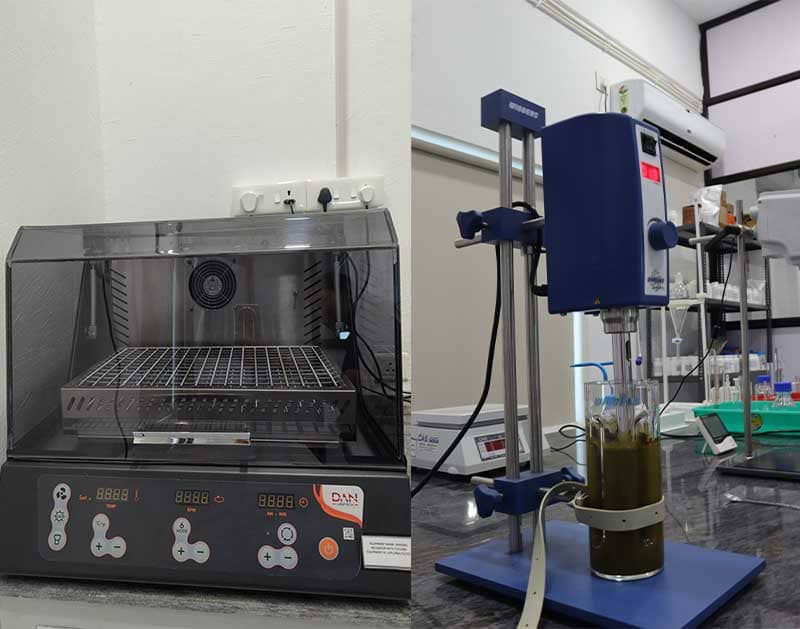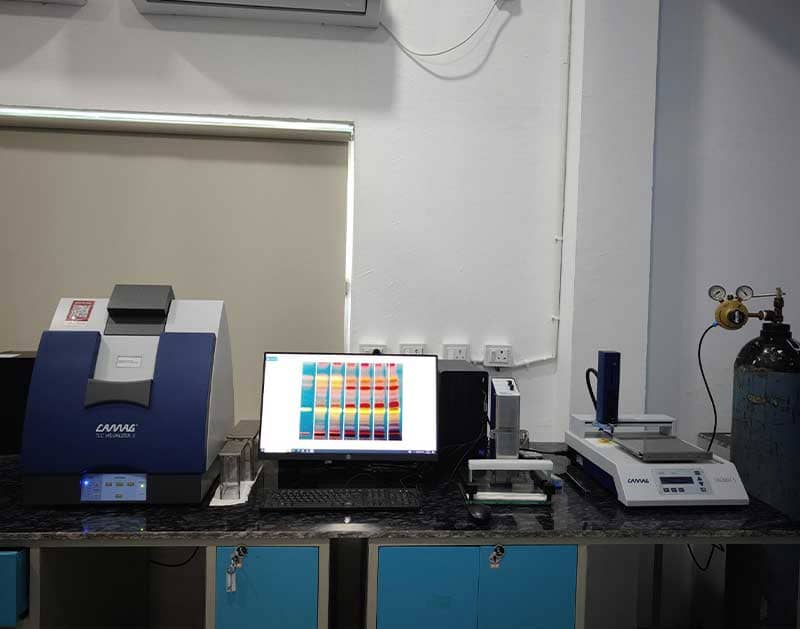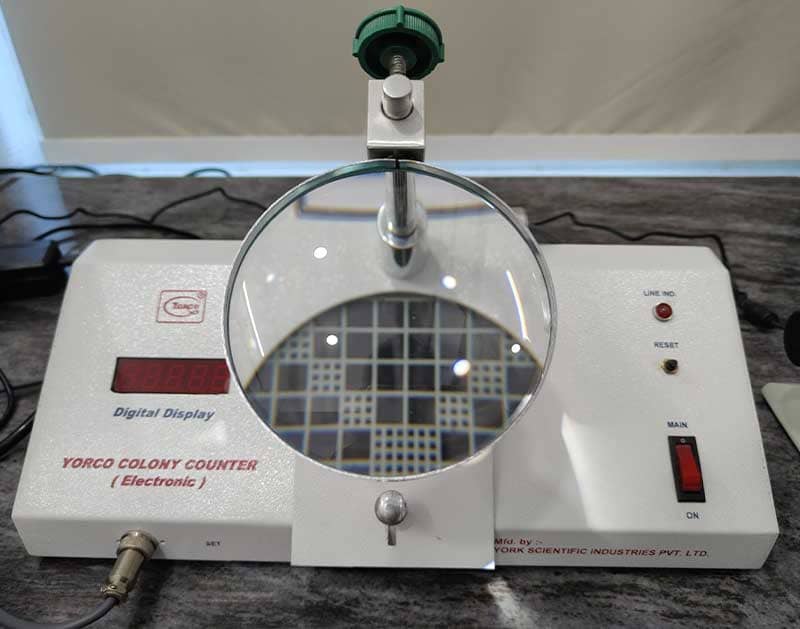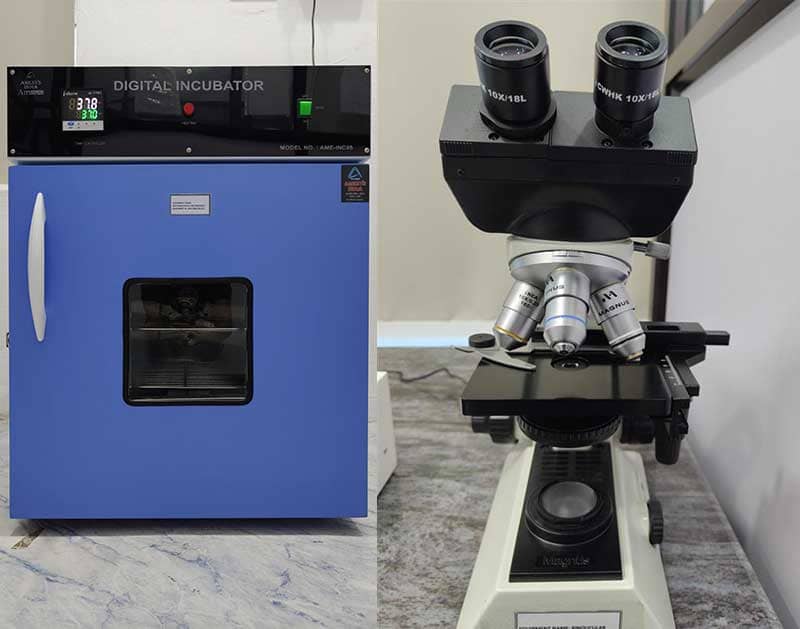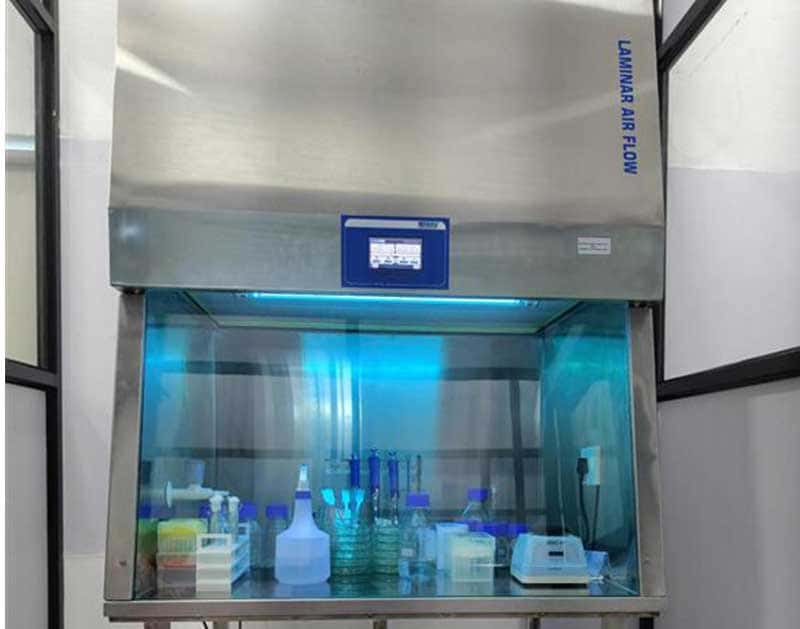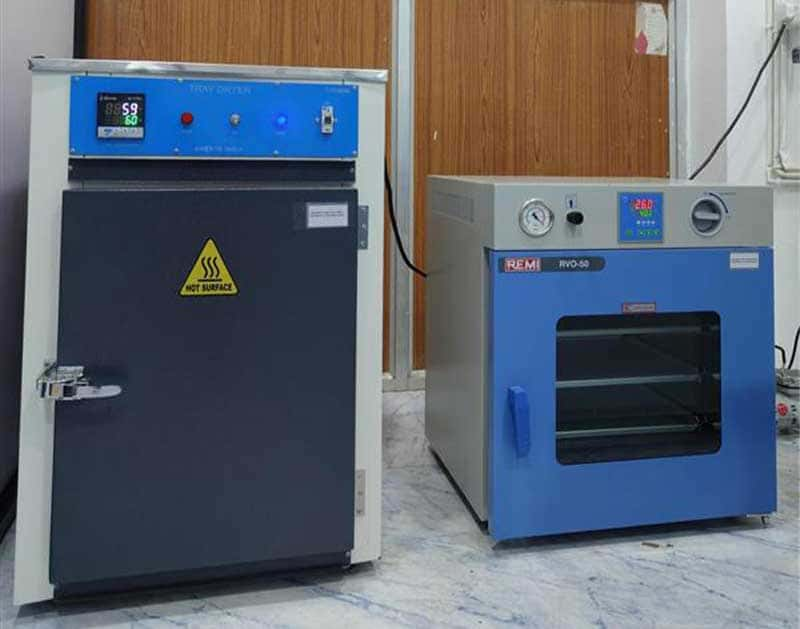HPTLC
High-Performance Thin-Layer Chromatography (HPTLC) is a sophisticated analytical technique used to separate and identify compounds based on their varying affinities toward a stationary phase (e.g., silica gel) and a liquid mobile phase. As the mobile phase moves upward on the plate, analytes migrate at different rates, forming distinct spots that facilitate their identification and quantification.
HPTLC is widely utilized across pharmaceuticals, nutraceuticals, herbal formulations, and natural product analysis. It plays a crucial role in identification testing, purity assessment, stability studies, and fingerprint profiling. Known for its efficiency, cost-effectiveness, and capability to analyze multiple samples simultaneously, HPTLC is an indispensable tool in research, quality control, and standardization processes.






